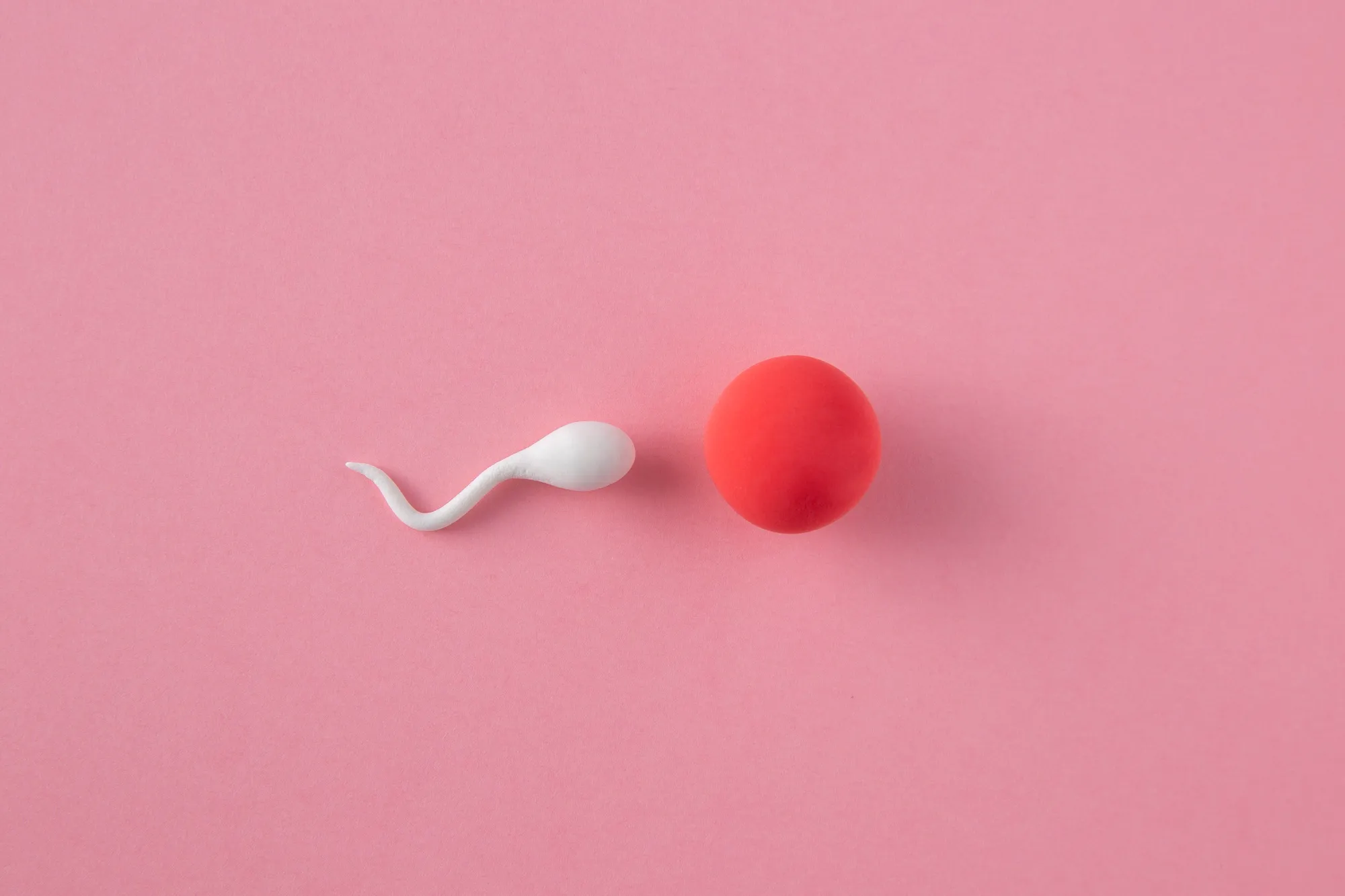Introduction
In a ground-breaking study published in the European Journal of Histochemistry, researchers have uncovered a novel aspect of the hormone resistin, highlighting its presence and modulation in the uterus of ewes based on their dietary intake (Dall’Aglio et al., 2019). Resistin, a polypeptide hormone belonging to the adipokine-family, has been primarily linked to adipose tissue; however, recent evidence suggests its potential impact on reproductive functioning in both genders. This article delves into the implications of these findings and explores the role of nutrition in regulating reproductive hormones in livestock, with potential ramifications for agricultural management and animal health.
Understanding Resistin and Its Functions
Resistin, known for its involvement in several metabolic processes, has long been a subject of study in the context of obesity and diabetes in humans. Initial studies by Steppan et al. (2001) and Savage et al. (2001) identified resistin as a link between obesity and insulin resistance. Further research unveiled its expression in various tissues and the regulation by nutritional and hormonal factors, showcasing resistin’s multifaceted role beyond metabolism (Nogueiras et al., 2003; Morash et al., 2002).
The Study: A Look into the Ovine Uterus
The recent study by Dall’Aglio and colleagues (2019), DOI: 10.4081/ejh.2019.3020, took a closer look at the ewe’s reproductive system, particularly the uterus, to investigate the presence and distribution of resistin. The study involved two groups of ewes: the control group (CTRL) grazed naturally, while the experimental group (EXP) received supplementary feed consisting of barley and corn.
Upon analyzing uterine samples collected at the end of the trial, the researchers employed a monoclonal antibody against resistin, confirmed through Western Blot testing, to identify immunopositive reactions in the cytoplasm of the epithelial lining cells and uterine glands. Notably, the research showed marked differences in the staining intensity of resistin between the CTRL and EXP groups, suggesting that an altered diet has an impact on the endogenous production of resistin within the ovine uterus.
Potential Impact of Resistin on Uterine Functionality
The study’s findings underscore the existence of a peripheral resistin system in the sheep uterus, which could be pivotal in uterine functionality. The varying resistin levels observed between the differentially fed groups point toward a possible nutritional modulation of this hormone, indicating that what ewes eat might influence not just their general health but also their reproductive capability.
Implications for Livestock Management and Reproductive Health
The research by Dall’Aglio et al. (2019) has far-reaching implications for livestock nutrition and breeding programs. It suggests that farmers and herders might need to consider diet as a significant factor influencing the reproductive health of their sheep. It also raises the possibility of using dietary manipulation to optimize reproductive efficiency in ewes, potentially leading to enhanced productivity.
Further Research and Applications
While the study provides preliminary results, it opens the door for further investigation into the effects of resistin within the reproductive systems of livestock and other animals. Understanding the mechanisms through which resistin and nutrition affect uterine health could lead to innovative strategies for managing fertility and combating reproductive disorders.
Conclusion
The study published in the European Journal of Histochemistry presents seminal insights into the immunohistochemical identification of resistin in the ovine uterus and its relationship with the animals’ diet. As scientists continue to unravel the complexities of how resistin functions in various tissues, this research offers a glimpse into the hormone’s role in reproduction, with significant potential applications in the field of veterinary medicine and animal husbandry.
Keywords
1. Resistin in Reproduction
2. Ewe Uterine Health
3. Livestock Dietary Impact
4. Ovine Reproductive Hormones
5. Immunohistochemistry in Veterinary
References
1. Dall’Aglio, C., Scocco, P., Maranesi, M., Petrucci, L., Acuti, G., De Felice, E., & Mercati, F. (2019). Immunohistochemical identification of resistin in the uterus of ewes subjected to different diets: Preliminary results. European Journal of Histochemistry, 63(2). https://doi.org/10.4081/ejh.2019.3020
2. Steppan, C. M., Bailey, S. T., Bhat, S., Brown, E. J., Banerjee, R. R., Wright, C. M., … & Lazar, M. A. (2001). The hormone resistin links obesity to diabetes. Nature, 409(6818), 307-312. https://doi.org/10.1038/35053000
3. Savage, D. B., Sewter, C. P., Klenk, E. S., Segal, D. G., Vidal-Puig, A., Considine, R. V., & O’Rahilly, S. (2001). Resistin / Fizz3 expression in relation to obesity and peroxisome proliferator- activated receptor-gamma action in humans. Diabetes, 50(10), 2199-2202. https://doi.org/10.2337/diabetes.50.10.2199
4. Nogueiras, R., Gallego, R., Gualillo, O., Caminos, J. E., García-Caballero, T., Casanueva, F. F., & Diéguez, C. (2003). Resistin is expressed in different rat tissues and is regulated in a tissue- and gender-specific manner. FEBS letters, 548(1-3), 21-27. https://doi.org/10.1016/S0014-5793(03)00685-8
5. Morash, B., Wilkinson, D., Ur, E., & Wilkinson, M. (2002). Resistin expression and regulation in mouse pituitary. FEBS letters, 526(1-3), 26-30. https://doi.org/10.1016/S0014-5793(02)03154-1
